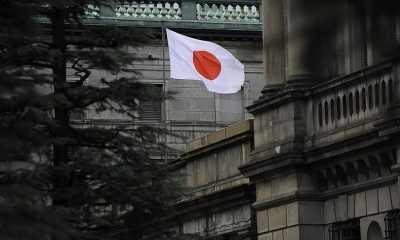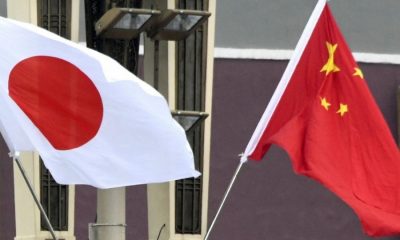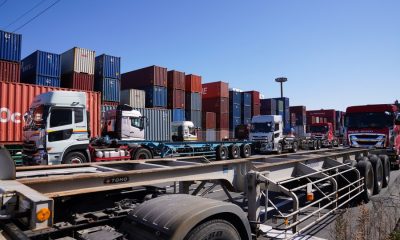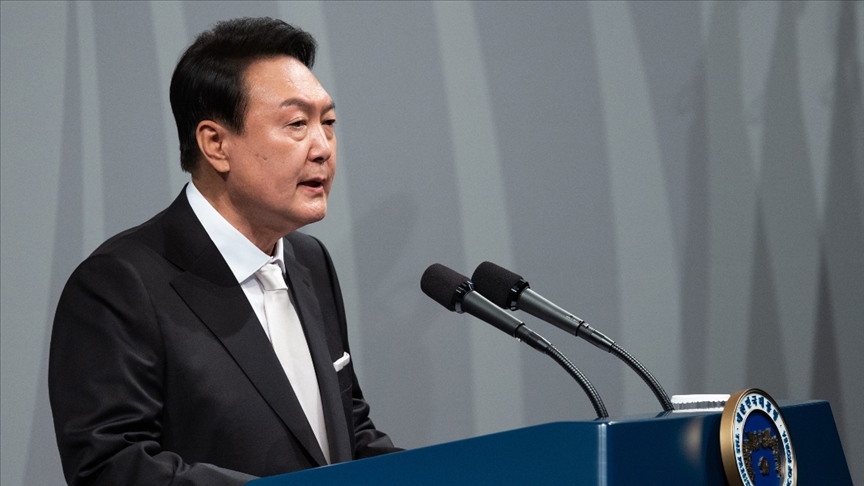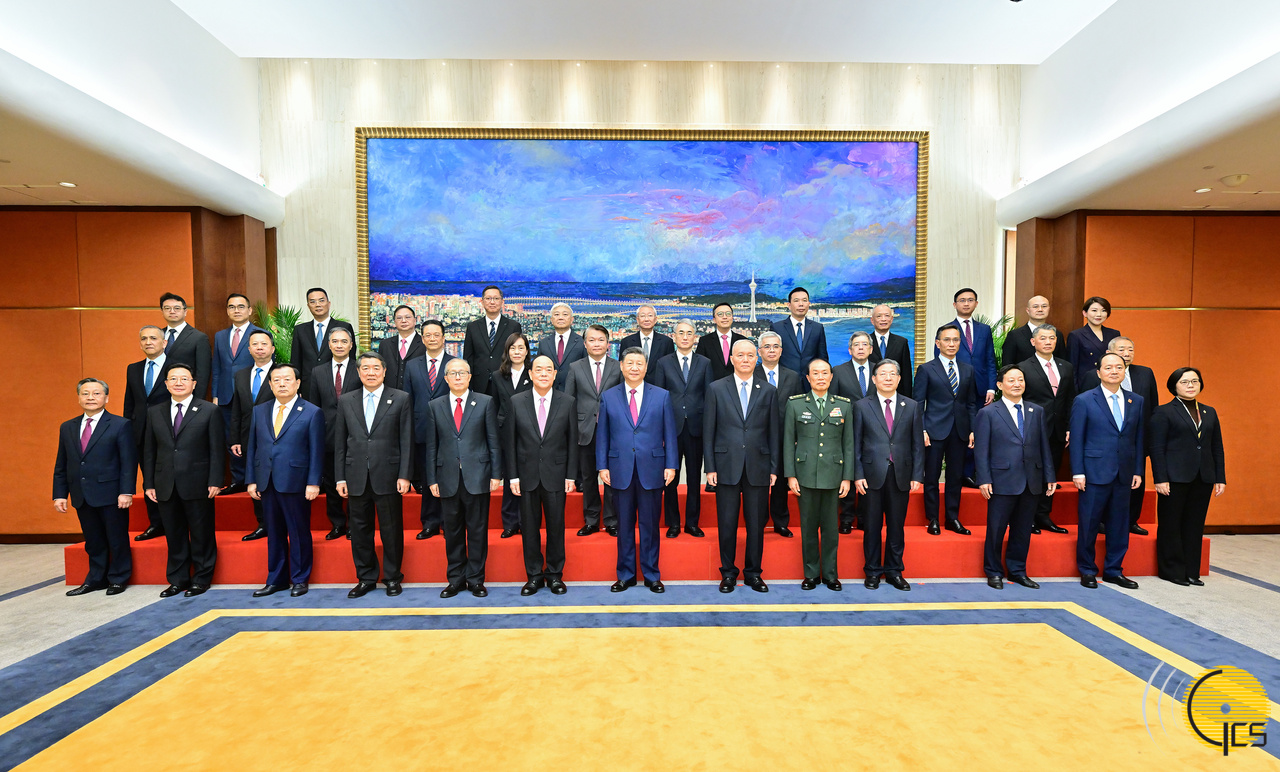Japan ended negative interest rates and raised interest rates for the first time in 17 years. The Japanese yen fell sharply against the dollar on Tuesday after the Bank of Japan announced that it had ended the world’s last negative interest rate policy.
The Bank of Japan (BoJ), which decided to end the negative interest rate policy it started in 2016 following significant wage increases at large companies, raised short-term interest rates from minus 0.1 percent to a range of 0 to 0.1 percent.
The BoJ’s statement after the two-day policy meeting said it had decided to raise short-term interest rates from minus 0.1 percent to a range of 0 to 0.1 percent. With its first rate hike in 17 years, the BoJ became the last of the world’s leading central banks to abandon its negative interest rate policy.
The BoJ first started its negative interest rate policy (paying minus 0.1% interest on certain excess reserves deposited by financial institutions with the central bank) in 2016, as part of its fight against deflation.
In addition to ending the negative interest rate policy, the Bank also ended its yield curve control for 10-year Japanese government bonds. The BoJ will continue to buy bonds, while purchases of corporate bonds and similar assets will end within a year.
While the US Federal Reserve (Fed), the European Central Bank (ECB) and the Bank of England (BoE), among the world’s leading central banks, have raised interest rates to curb inflation, which rose to record levels after the pandemic, the BoJ has continued its ultra-loose monetary policy to stimulate economic growth.
The BoJ had made strong wage growth a condition for an orderly exit from the ultra-loose monetary policy it had maintained for years. Wage increases in the country this year, the highest in 33 years, had fueled expectations that the BoJ would give itself room to end negative interest rates.
Japan’s largest labour organisation, the Japanese Trade Union Confederation (Rengo), announced that this year’s wage negotiations with employers resulted in an average increase of 5.28%. This was the highest level in 33 years.
Analysts said the possibility of a rate hike was positive for the Japanese economy, as inflation has been above the BoJ’s 2% target for more than a year.
The last interest rate hike in Japan was in 2007. Unlike other leading developed economies, Japan has long struggled with disinflation, or a slowdown in the rate of inflation.
The BoJ’s aggressive monetary easing has contributed to the rapid depreciation of the yen, which has had a negative impact on households in the country.
The bank’s exit from negative interest rates is expected to affect not only companies and households, but also global money flows.
The Japanese yen fell sharply against the dollar on Tuesday after the Bank of Japan announced the end of its negative interest rate policy.
The yen fell to 150.46, its lowest level against the US currency in two weeks, after falling as low as 149.90 in the immediate aftermath of the BOJ’s announcement.
The benchmark Nikkei Stock Average reversed early losses following the announcement, closing Tuesday up 263.16 points, or 0.66 per cent, at 40,003.60. The broader Topix index gained even more, rising 28.98 points, or 1.06 per cent, to 2,750.97. “Along with the momentary rise in stock prices, the dollar-yen [exchange rate] also rose temporarily to 149.90 yen, which is thought to be in response to movements such as algorithmic trading,” said Hirofumi Suzuki, chief currency strategist at Sumitomo Mitsui Banking Corp.
Suzuki said the BOJ’s decision was largely in line with market expectations and gave a green light to commodity trading advisers – money managers who make various investments in the futures market and follow trends – to buy Japanese stocks.
Goldman Sachs senior economist Tomohiro Ota predicts another rate hike this year.
Ota expects the BOJ to raise rates to 0.25 per cent in October, followed by another 0.25 per cent hike in October next year.
“We expect a one-year delay between the second and third rate hike because we expect a lower CPI inflation rate next year,” he said in a note published on Monday.
But some, such as HSBC’s chief Asia economist Frederic Neumann, predict that the BOJ is unlikely to raise rates this year as it monitors the impact of policy normalisation.
“It’s a big risk for the BOJ,” Neumann said, adding: “The weak yen has been a big benefit for the Japanese economy, the reflation story and the stock market, and you don’t want to erase those gains with premature tightening.”

 EUROPE1 week ago
EUROPE1 week ago
 OPINION2 weeks ago
OPINION2 weeks ago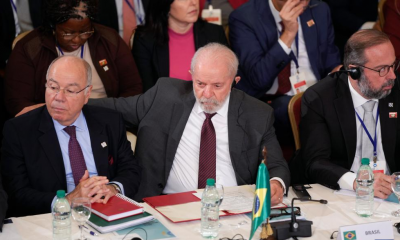
 OPINION1 week ago
OPINION1 week ago
 DIPLOMACY2 weeks ago
DIPLOMACY2 weeks ago
 OPINION2 weeks ago
OPINION2 weeks ago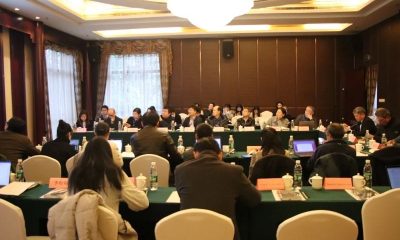
 ASIA1 week ago
ASIA1 week ago
 MIDDLE EAST1 week ago
MIDDLE EAST1 week ago
 MIDDLE EAST2 weeks ago
MIDDLE EAST2 weeks ago


